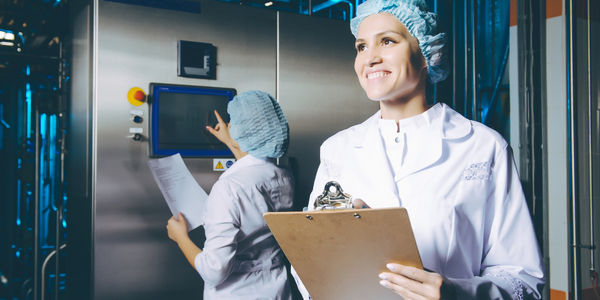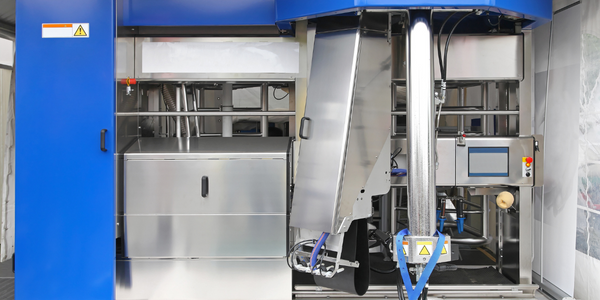Customer Company Size
SME
Region
- Pacific
Country
- Australia
Product
- Agworld
Tech Stack
- Data Capture
- Data Reporting
- Data Analysis
Implementation Scale
- Enterprise-wide Deployment
Impact Metrics
- Cost Savings
- Productivity Improvements
Technology Category
- Platform as a Service (PaaS) - Data Management Platforms
Applicable Industries
- Agriculture
Applicable Functions
- Business Operation
Use Cases
- Farm Monitoring & Precision Farming
- Supply Chain Visibility
Services
- Data Science Services
About The Customer
The Jansz Parish Vineyard in Penna, Tasmania, is a 220-hectare property owned by the Hill-Smith family. The vineyard, originally planted in 1999, currently boasts 62ha of mature grapevines, 42ha of young vines planted in 2017 and another 80ha of conservation covenant, home to endangered flora, Tasmanian devils, wallabies, echidnas and a range of other species. The vines are all planted on a trellis system with vertical shoot positioning. Due to its cool climate, not unlike the famous Champagne area in France, the Jansz Parish Vineyard produces grapes mainly for Jansz Tasmania sparkling wines. The grape varieties grown here are mainly Chardonnay and Pinot Noir, with smaller plantings of Riesling, Pinot Meunier, and Sauvignon Blanc.
The Challenge
The Jansz Parish vineyard, a 220-hectare property in Penna, Tasmania, was struggling with gaining insight into the detailed cost per hectare of their wine production. They also wanted to produce accurate production budgets for future seasons without adding extra layers of administration and complexity. The vineyard has three types of soil and focuses on biodiversity by planting flowering crops every 10th row, along with corridors of native bush and a cover cropping program. This diversity required them to monitor their nutrition closely with soil testing six weeks post-harvest, petiole analysis pre and post flowering, and dry ash analysis at harvest.
The Solution
Jansz viticulturist James Aubrey implemented Agworld to capture all input and labour costs involved in production. The whole team at the Jansz Parish uses Agworld, not only for capturing costs but for recording agronomic observations in the vineyard. By capturing all costs in Agworld, James is able to accurately predict costs for upcoming seasons, track these costs as the season progresses and easily produce the detailed reports that he needs. James uses Agworld to create spray sheets and do all his input planning; once these plans have been executed on, he turns them into an actual. He also captures the weather situation at the time of spraying, so his spray records are complete.
Operational Impact

Case Study missing?
Start adding your own!
Register with your work email and create a new case study profile for your business.
Related Case Studies.
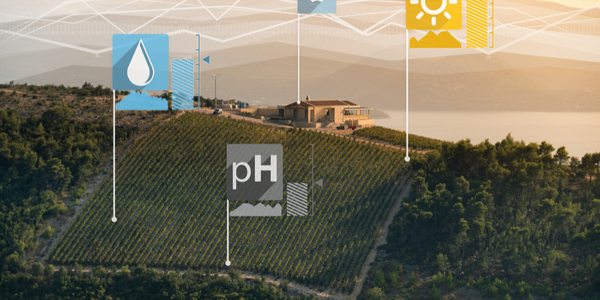
Case Study
Intelligent Farming with ThingWorx Analytics
Z Farms was facing three challenges: costly irrigation systems with water as a limited resource, narrow optimal ranges of soil moisture for growth with difficult maintenance and farm operators could not simply turn on irrigation systems like a faucet.
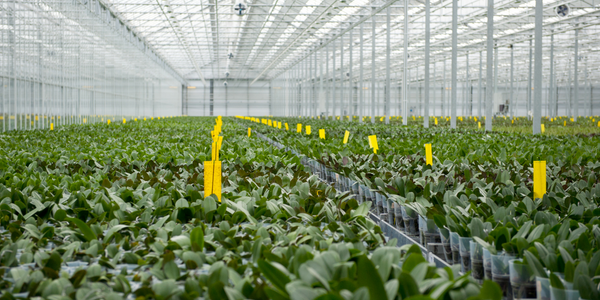
Case Study
Greenhouse Intelligent Monitoring and Control Solution
Farming Orchids is the most successful form of precision farming in Taiwan, and also the most exported flower. Orchids need a specific temperature and humidity conditions to grow and bloom, and its flowering time may not be in line with market demands, so the price collapses when there is overproduction. Therefore, some farmers began to import automated greenhouse control systems for breeding and forcing, which not only improves quality, but also effectively controls the production period and yield to ensure revenue. In 2012, an orchid farmer built a Forcing Greenhouse of about 200 pings (approximately 661 Square Meters) in Tainan, Taiwan. The system integrator adopted Advantech’s APAX-5000 series programmable automation controllers to build the control platform, coupled with Advantech WebAccess HMI/SCADA software, to achieve cloud monitoring. The staff of the orchid field can monitor important data anytime via smart phone, iPad, and other handheld devices, and control the growth and flowering conditions. System requirements: In the past, most environmental control systems of orchid greenhouses in Taiwan used PLCs (Programmable Logic Controller) with poorscalability and control, and could not be connected to the Internet formonitoring from the cloud. For advanced database analysis and networking capability, the PC platform must be adopted. Therefore, PAC Systems (Programmable Automation Controller) with both PLC programming capabilities andPC functions is a better choice.The environmental control of the Orchid greenhouse switches on and off devices like fan, shade net, cooling/heat pump, liquid flow control, water-cooling wall etc. It is controlled by a control panel of electric controllers, and is driven by a motor, to adjust the greenhouse temperature, humidity, and other environmental conditions to the set parameters.
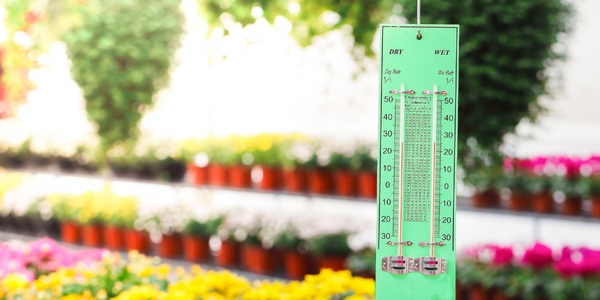
Case Study
Precision beekeeping with wireless temperature monitoring
Honeybees are insects of large economic value and provide a vital service to agriculture by pollinating a variety of crops. In addition, bees provide us with valuable products such as honey, beeswax, propolis, bee venom, etc. Monitoring of honeybee colony health, population, productivity, and environmental conditions affecting the colony health have always been exceedingly difficult tasks in apiculture. Research has shown that even small deviations (by more than 2°C) from the optimal temperatures have a significant influence on the development of the brood and the health of adult bees.
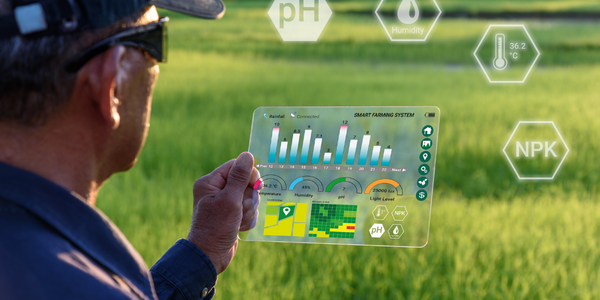
Case Study
Enabling Internet of Things Innovation in Agriculture
DigiBale, wanted to apply technology know-how and IP from implementations successfully to more agriculture sectors including cotton, forestry, sugarcane and cattle. However, farmers and growers still have worries about the connected technology.







